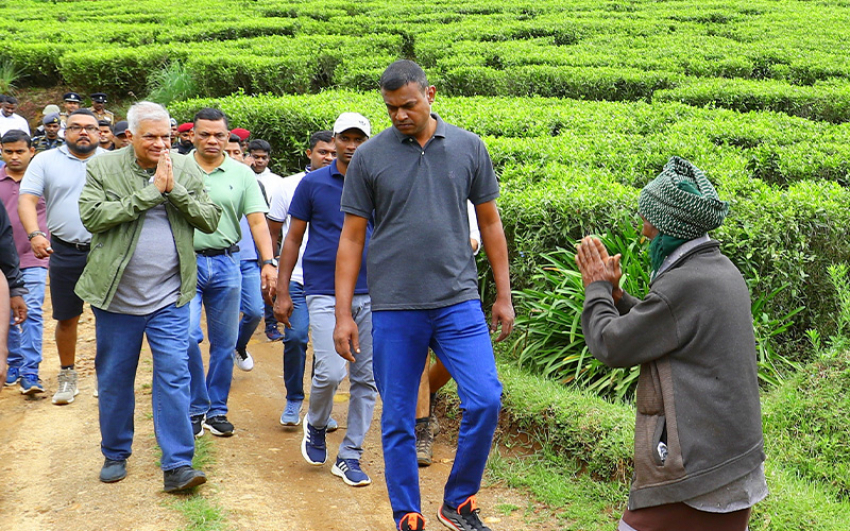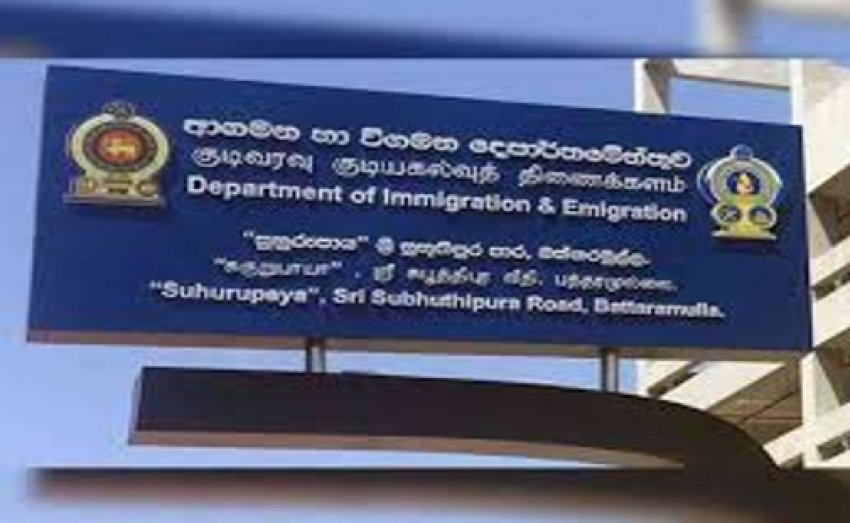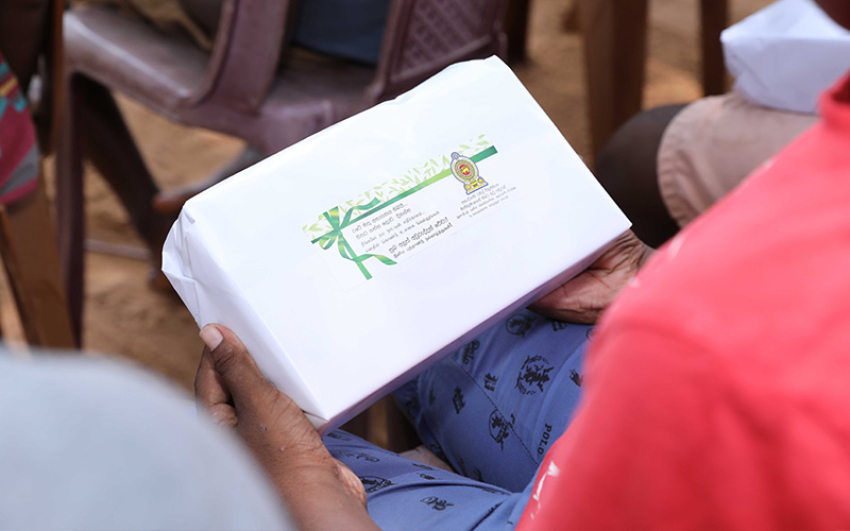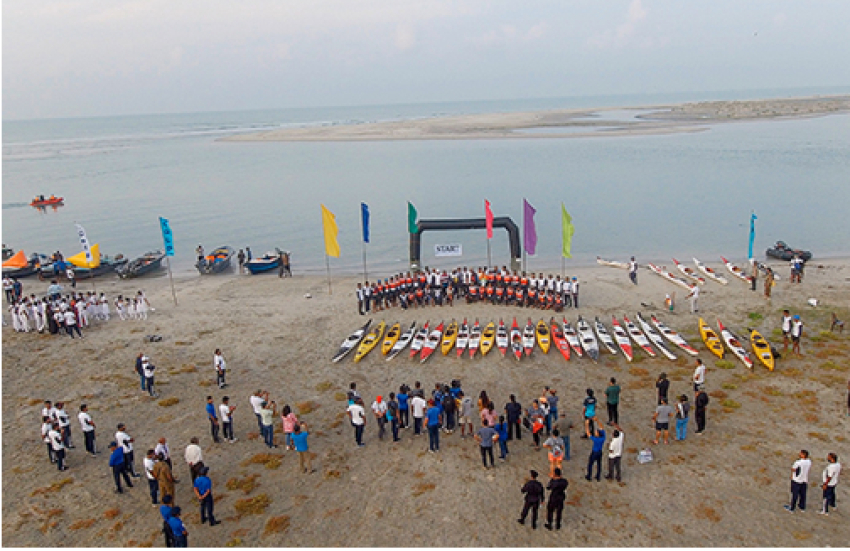As the main purveyor of human food, the agriculture sector must produce the required quantity of foodstuffs ensuring the quality with the technologies depending on modern knowledge in agriculture to feed the entire population despite the resource restrictions. According to the recent estimates of the Food and Agricultural Organization (FAO), one in every eight people suffers from chronic hunger while two billion suffer from micronutrient deficiencies. Therefore, increasing the availability of food will be essential in tackling these problems, which are likely to get worse with the population growth.
To make food available for each and every person in the world, increasing the agricultural productivity is vital. In this backdrop, Research and Development (R&D) has a gargantuan task in finding remedies in boosting food production to match the requirement with ever-dwindling resources. Furthermore, focused R&D programme will be required to generate new technologies that meet burgeoning food demand to be met. Therefore, investing on R&D activities of the sector is one of the main factors contributing to shifts in agricultural production systems and rural development.
Agricultural R&D in SL
Despite Sri Lanka’s great potential to cultivate a variety of crops, several issues — low productivity, high production cost and less profitability, marketing issues, lack of improved technologies for farming activities, resource degradation, natural disasters — hamper the growth and expansion of the agricultural sector. Further, a serious mismatch between the agricultural output to the economy and the agriculture-dependent population could be observed. According to the annual report of the Central Bank of Sri Lanka, the share of agriculture in GDP is around 7.8 percent although the sector provides livelihood and security to 25 percent of the country’s population (Department of Census and Statistics, 2019).
The above point underscores the importance of growing interest in agriculture-related R&D. When the productivity of agriculture is lower than that of other sectors, despite the sector providing economic shelter to a sizeable portion of the population, the role of R&D in addressing the issues that lower the agricultural performance is immense. Having understood this scenario as well as the concerns over food security of the nation, the government has been investing large sums to encourage R&D of the agricultural sector.
The proportionate allocation to the agricultural sector’s R&D and the full-time equivalent of scientists engaged in R&D activities tops the R&D fund allocations to all sectors signifying the importance attached to the sector and the potential of contribution for the betterment of the agricultural sector through R&D activities.
However, the point to ponder is that the outcome of many research studies does not adequately reach the intended beneficiaries or never leaves the confines of the clinical territory. Poor dissemination of research findings among the relevant stakeholders acts as a major impediment that holds back the growth of the sector. In this setting, the Hector Kobbekaduwa Agrarian Research and Training Institute (HARTI) conducted a study on reviewing of investments in research and development in the agricultural sector to enhance the effectiveness of R&D process in the agricultural sector for its benefits to be delivered to the sector and the community. The study was carried out by reviewing the R&D programmes of selected research institutes of the national agricultural research system that are under the purview of the Agriculture Ministry.
Optimising the effect of R&D investments in agriculture
Agriculture is an applied science, and no research is worthwhile unless it primarily finds its way to farmers and consumers at the end. The targets of agricultural research programmes should change from farming-centric to farmer-centric, and the respective personnel working closely with research and extension activities should realise the importance of farmers as an integral part of R&D interventions.
Further, it is important to strengthen the work relationship between research and extension by amalgamating both organisations into one system with the right understanding of the specific roles and responsibilities of each organisation to achieve collective goals in sector development and to ensure that tangible benefits of R&D programmes reach the farming community. Working in isolation would not create positive grounds to reap the real benefits of the R&D investments in the long term.
Attention should be focused on effective dissemination of knowledge to farmers as direct beneficiaries of research outputs with a systematic mechanism to obtain their feedback while identifying priorities and improving the relevance of the programme with the active participation of the farming community.
As often pointed out, poor research prioritisation has led to the limitation of the capacity of providing viable solutions for burning issues prevailing in the sector. Hence, research prioritisation deserves more attention based on national and sectorial development needs. It should be carried out through the identification of the key issues which are worth trying to resolve through research interventions. Recognising most plausible solutions and innovations through proper research prioritisation would enhance the contribution of research intervention for agricultural sector development by minimising problematic situations. Particularly, research prioritisation helps maximise the impact of investments as a sizable portion of budgetary allocations goes to the R&D sector. Hence, the output of such research would provide the right direction to policymakers to implement development needs with possible remedial measures in addressing prevailing and emerging issues.
Similarly, failure to disseminate research findings in time to the deserving parties is another major stumbling block that slows down the development. For this, R&D activities should be armed with a robust mechanism that promotes sound interactions between researchers, policymakers and other stakeholders instrumental in the uptake of research findings. The process of integration of research findings into the policymaking process and the dissemination of research findings to policymakers is a key challenge encountered worldwide. Therefore, strengthening the linkages with policies, development priorities and research is vital to harness agriculture development through R&D.
In the course of achieving the above goal, it is necessary to integrate the needs of main stakeholders engaged in the whole process, from research to policy implementation. The ultimate objective of research is to see a tangible impact for the betterment of society. Such an effort would require the application of research output in real life — farmer to consumer — with the intervention of policymakers. Hence, it is vital to maintain an efficient and meaningful relationship between research and policymaking.




















